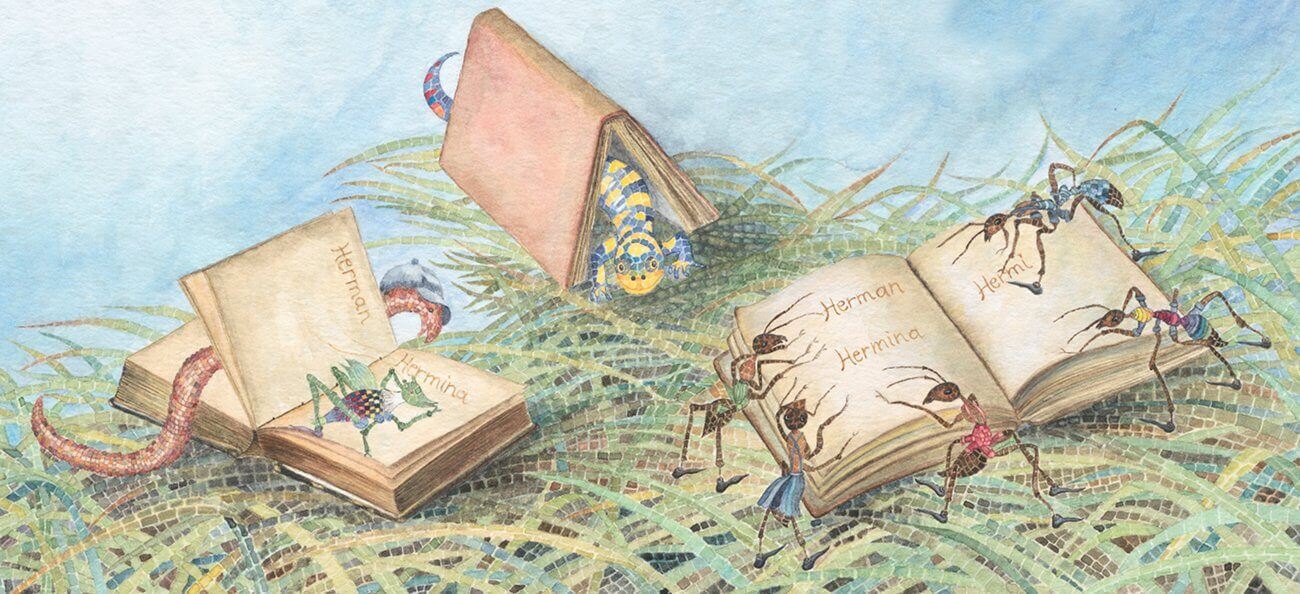
Picture Book as a Classic Children’s Book Form
Why do we promote the picture book as a classic children’s book form? Because we believe that printed books are still the first form of art that children come into contact with when they don’t know how to read yet. Even though we live in a time when e-books are gaining ground, including among the youngest readership, Bajalka strives to ensure that the classic book form – the picture book – also finds its way into children’s hands. A picture book, as the name itself suggests, is a book of pictures or a book of characters represented in pictures that helps stimulate children’s literary imagination.
Nowadays, it is not easy to distract children from computer, television or mobile screens; for that reason, we particularly appreciate those adults who succeed in attracting the children’s attention with their voice, taking them on a journey to the inner landscapes of their imagination. Despite the plethora of electronic toys that try to grab the children’s attention with various visual and sound effects, we still believe in the power of the classic book. Picture book stories do not want to compete with interactive books with beeping buttons or video games.
It is our wish that new generations of children are still able to turn the pages of printed books, look at their illustrations, read the stories themselves or listen to live readings, paint or write on paper.
Tilting at Electronic Windmills
When we were growing up, picture books were not only read out loud and narrated but had already started to spread to the media of radio and television. It may sound romantic to look back with nostalgia on the previous century when the height of modern technology was the radio with its Sunday morning radio plays for children. Then came the television and, for most of our generation, our only daily dose of addictive animation was a single cartoon after dinner. Reserving the Sunday slot for the morning children’s TV show ŽIV ŽAV was an obsession. Children’s literary theory at the time was already expressing concern over television screens. What should we think about the digital addiction of children today, seeing their parents tilt at electronic windmills day after day? We can only hope that as many children as possible still get the chance to grow up with picture books. We believe in the parents who themselves grew up listening to stories and watching picture book illustrations and therefore still consider printed books to be an important value. For that reason, Bajalka devotes particular attention to nurturing the classic form of picture book aesthetics.
Alenka Spacal

